I have never been a huge fan of classical horror flicks; they freak me out.
Probably because, despite my earnest efforts, I have never been able to grow out of my childhood. Getting spooked by ghost stories were a large part of that experience. That apart, those highly synthetic B-Movie comic-capers that bootlegged as horror-films in my young adulthood never managed to excite me; at least not all of their aspects.
But ‘Bhram’ is different. It’s intelligent, and it involves you.
By intent, it’s a psychological thriller; while it takes you through a roller-coaster ride of all known (and some unknown) devices of sacrosanct ‘horror’ storytelling – but then you get to understand, slowly – that it’s ‘all in the mind’. That much I can live with.
No more spoilers. I genuinely relished the Zee 5 original, and binge-viewed it in one night – all eight episodes. For someone who couldn’t sit through even the first season of ‘Supernatural’ and broke off midway on the ‘Haunting of Hill House’ – that’s an achievement, for sure.
But yes, I did watch the ‘Mindhunter’; all of it. I loved ‘Sense 8’; and ‘Bhram’.
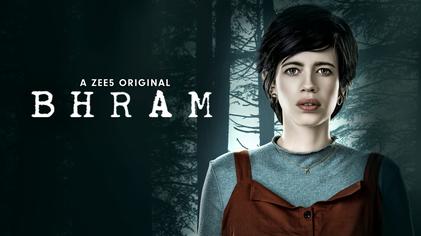
There’s a whole lot of reasons why I liked Bhram; the atmosphere, for one, in the foggy hills, somewhere near Chail; the exquisite camerawork that you can expect from a master-storyteller like Sangeeth Sivan; the eerie performance of Kalki Koechlin in the lead role as a grieving and seemingly haunted writer; the detail exposition of characters that keeps you connected to their fate; the spine-chilling music; and, of course, an intriguing story, where reality and illusions seamlessly merge, without designated borderlines.
By Hari, Sangeeth sir means K Harikumar, the young, talented writer who scripted the screenplay and wrote the dialogues for the web-series. This is in fact his second screenplay outing in the genre. He co-wrote the Malayalam film ‘E’ (2017), which was produced by Sangeeth Sivan and Amin Surani.
That apart, now acknowledged as one of the top horror writers of India, Hari has penned down four bestselling books in eight years. His latest book got launched in Asia’s biggest Paranormal Convention ‘Scarecon’ – that’s big time.
Hari sure knows how to spook his audience across multimedia; there’s absolutely no ‘Bhram’ there.
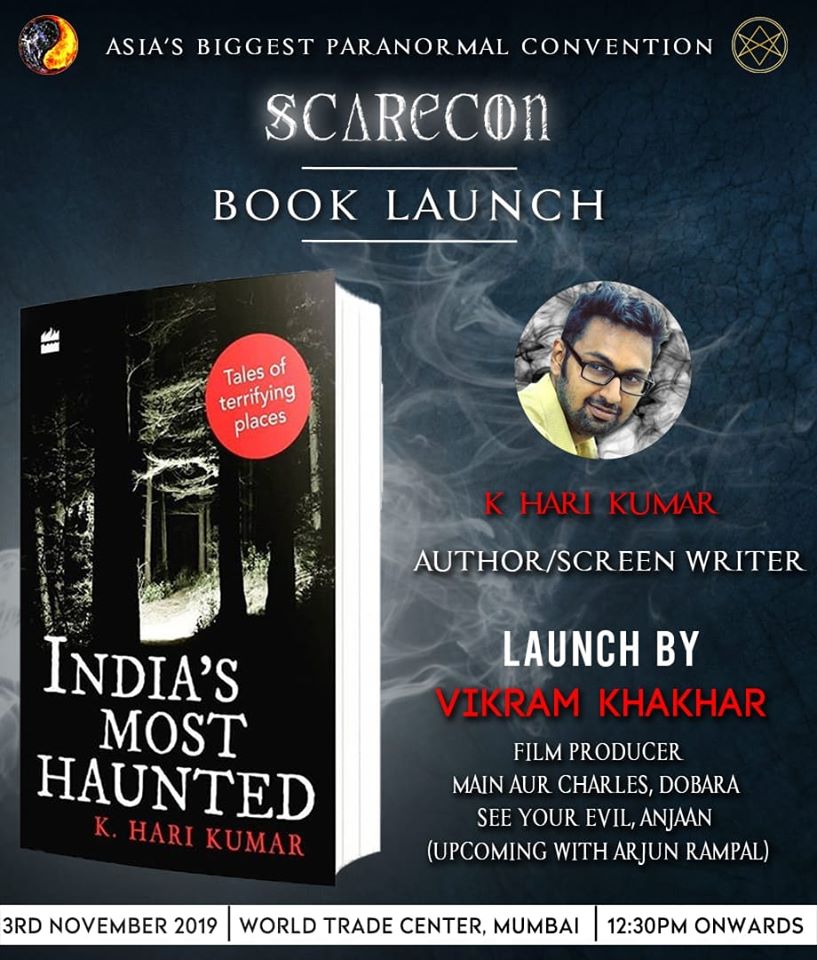
I contacted Hari through Sangeeth Sir – and he took me through his perspective of the plotting-logic and character-creation for the series.
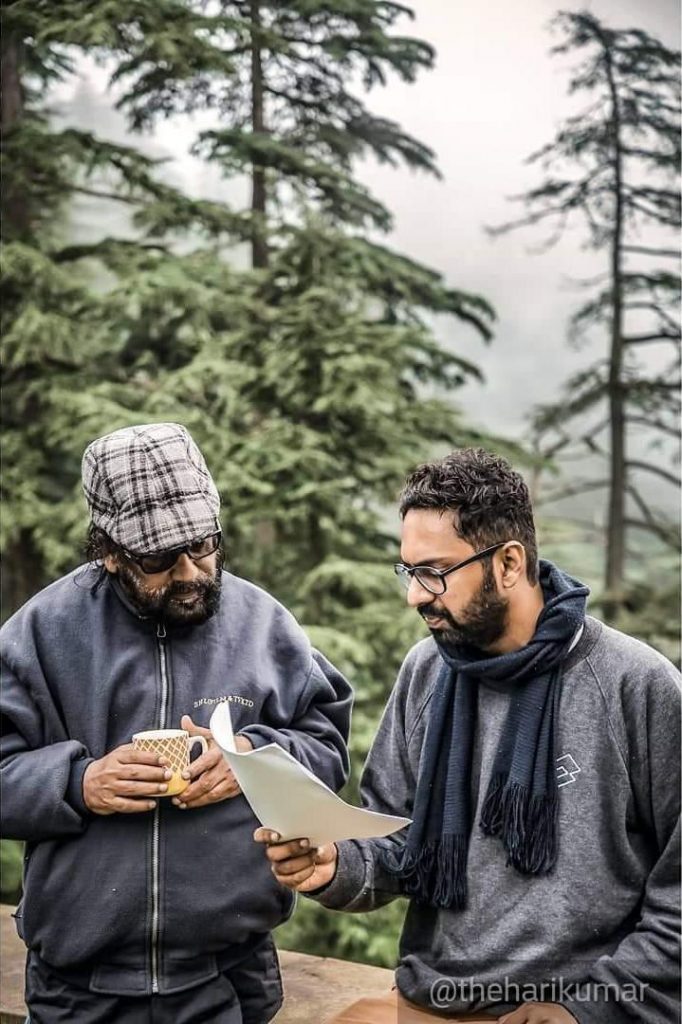
To compare, I bought his original book and read it.
There are definitely significant departures in the story-line between the two mediums. New characters have been introduced, there are fresh plot-twists and even the existing characters are more fleshed out. The entire location has changed from Kerala to Himachal, for that matter.
I felt Hari and Sangeeth sir have made it more layered in its web-series avatar – which helps enrich the viewing experience.
That’s true. The axiom that the end should justify the means stands all the more true in psychological thrillers. You just can’t leave the audience hanging midway.
Also, expansive characterisation doesn’t mean that you bring in extra characters just like that. Their stories should converge into the main-text of the protagonist – or else the audience might get disengaged.
In a thriller, once you lose their taut attention, all is lost.
So, if I understand it right, those ‘horror’ inciting scenes and the psychedelic ‘viewings’ of Ayesha Khanna (the character played by Kalki Koechlin), were actually instruments used to mislead the viewer. Or, maybe I should say, to lead them towards a specific direction. When they were dead sure that this woman is ‘possessed’ or at the best ‘crazy’ – the confusion clears, bit by bit.
By then, six episodes have gone by; or almost seven – out of eight.
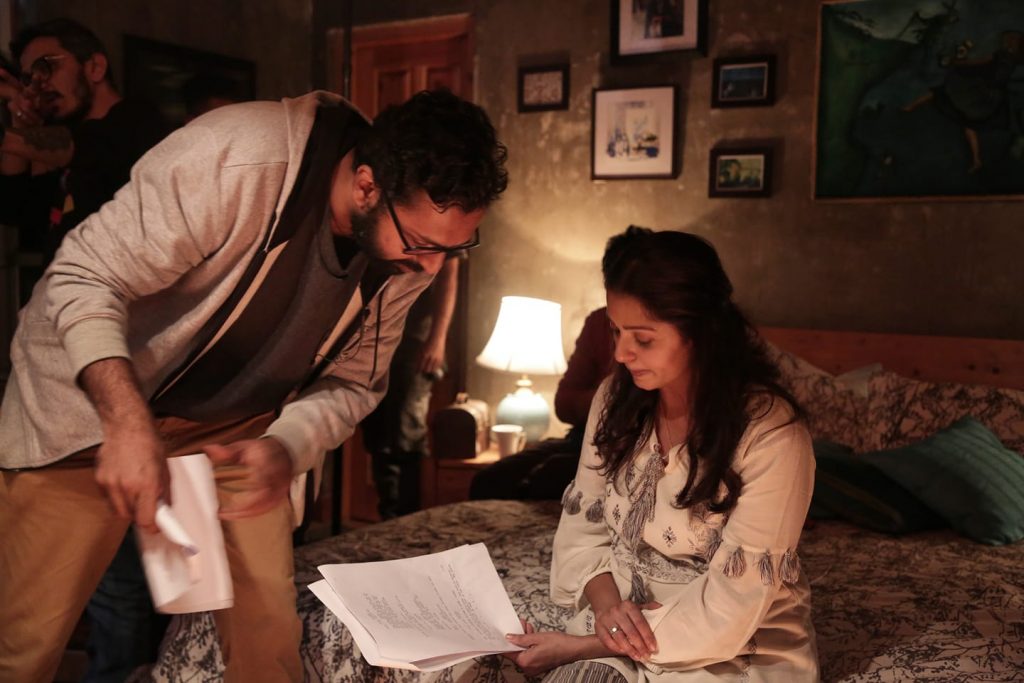
At this point, I thought it was time to ask Hari about how he structures his scripts; all of us have different ways of doing that. Me, for instance, always write a larger piece first, at one go – and then chisel it down.
But I don’t write books and I am not a regular in feature screenplays either – so it’s always nice to gather some practical advice from someone who does both.
That does seem a bit regimented, doesn’t it?
But please do not worry my young readers and aspiring writers. In the arena of creativity, rules are expected to be broken; but yes, to rise above conventions, we have to learn them first. There’s no easy way-out there.
The series has a number of sub-plots – that enhances its layering.
Many of them were not in the book, like the Alfie-Meera affair, or the third friend in the fray played by Eijaz Khan, or the steamy Mrs Saini’s sexual escapades…it’s a large list.
Hari told me that there were a lot more of these sub-texts, and, I quote him, “… each sub-plot needs to have a purpose (some vaporized in post-production)”
Out of all these diversions, what intrigued me the most was a quantum shift in the motive of the villain – who prowled the forests and killed under the costume of a tribal demi-god, named Ukala.
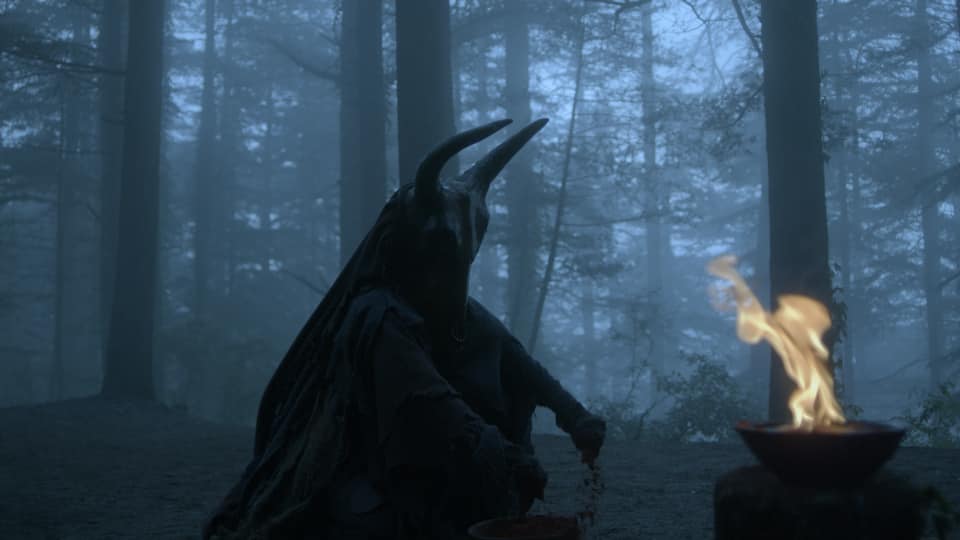
Remember, I saw the series first, and then read the book. Nothing like Ukala was there in the book. The way this demi-god character has been developed and expanded in the series is fascinating.
There must have been a definitive reason to give a tribal mythos so much of screen space.
Yes, I can’t help but agree to that, Sangeeth Sir.
There are limits, and we are way past them. Not just in the forests though. The tribe of humans everywhere are suffering from unwarranted intrusions – some of them with masks and sticks, some with drones and yet others with honey-glazed illusions, astride their media-chariots.
Anyways, forget it. Try and be tolerant, and stay alive. I am trying that too.
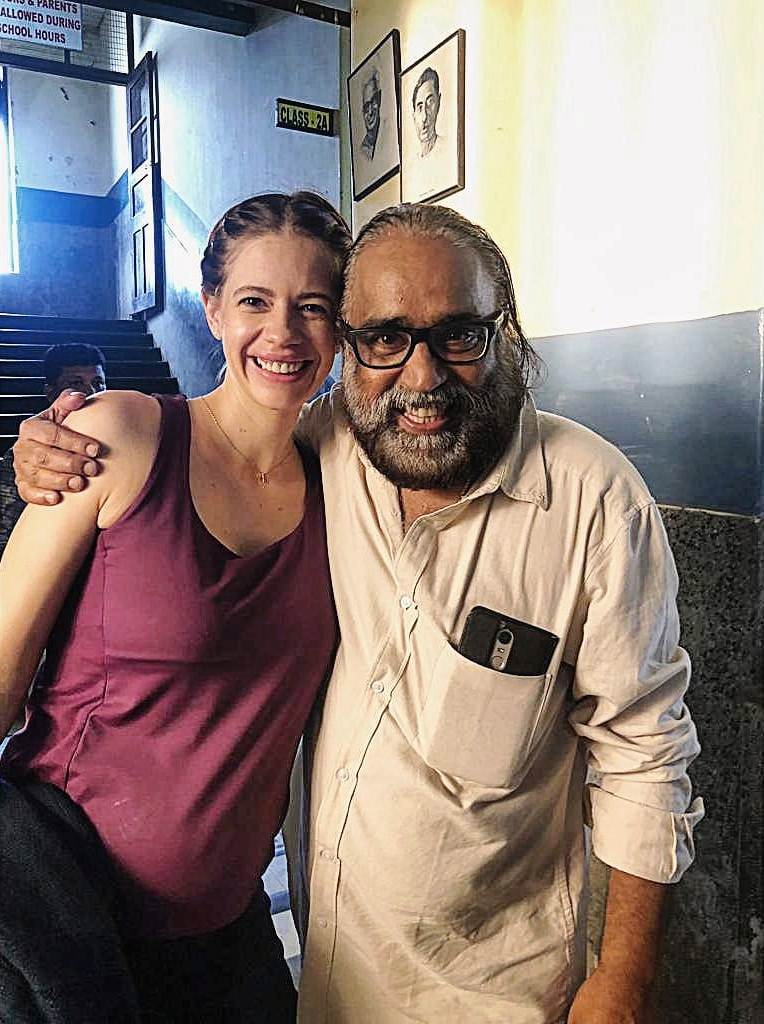
Last but not the least, lets accept – horror is a genre that will find many takers in today’s India. For me, it keeps my mind away from the horrors outside. I am sure you will find your own reasons. There’s plenty of them.
So for those of you who swear by the potential of intelligent horror as a mode of purgation, and like K Harikumar’s work, I have a pdf file of his complete interview.
To download it as a keepsake, just click HERE.

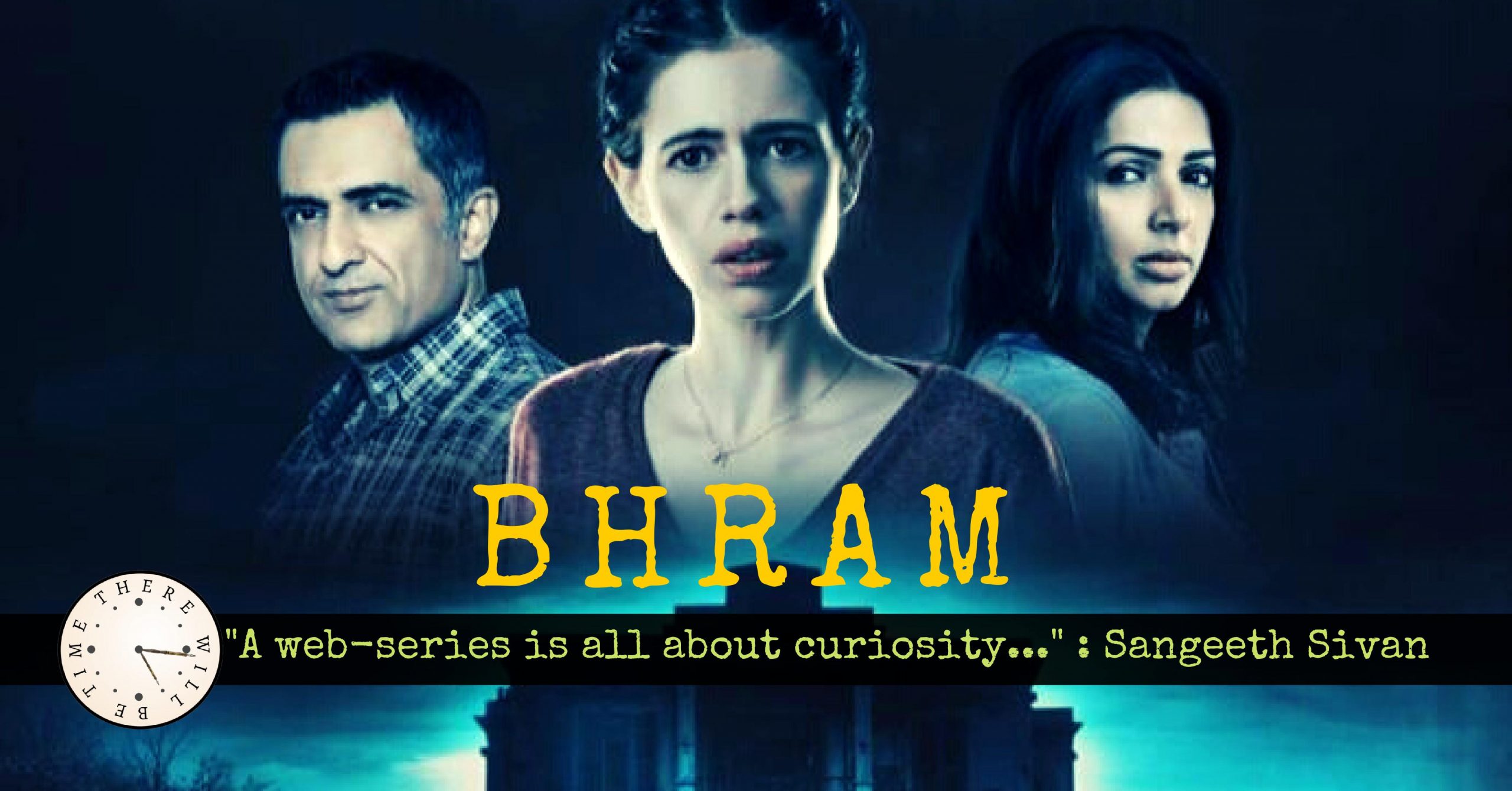
Very interesting… The onlooker-kind of narrative adds pleasure to the reading experience
Like!! I blog frequently and I really thank you for your content. The article has truly peaked my interest.
[…] this post is not about ‘Bhram’ – which I already wrote about a year back. This is more about K Hari Kumar and his craftsmanship. It’s about my intent of reaching out to […]